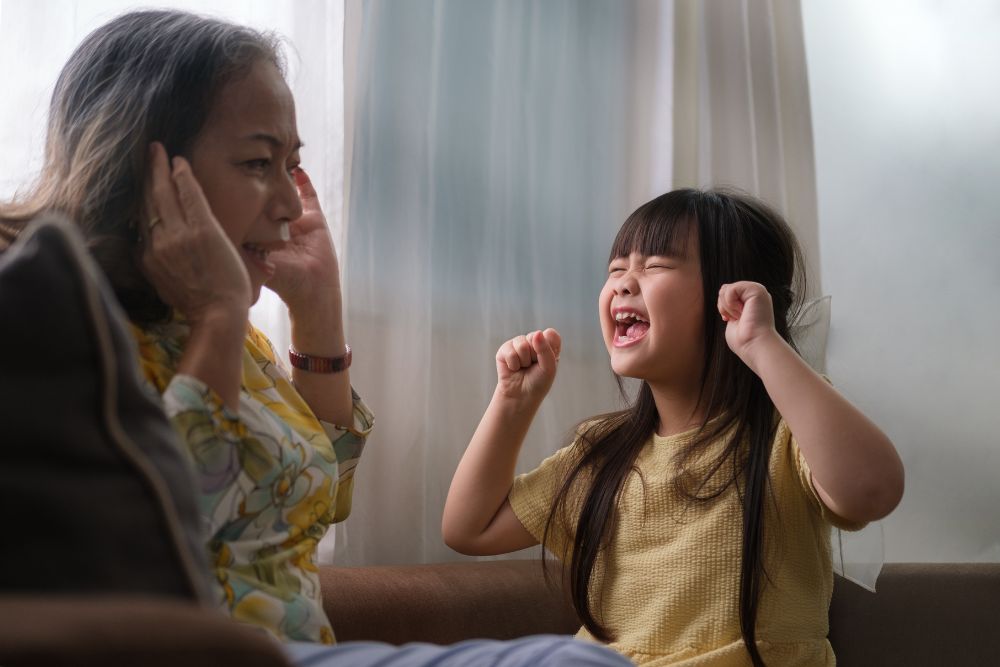Day 1: Understanding and Observing Behavior
1. introduction to child behavior
- Why children behave the way they do
- Influence of age, environment, and temperament
- Activity: Behavior mapping — observing without judgment
2. identifying triggers and patterns
- Common behavioral triggers (hunger, tiredness, screen time, etc.)
- Emotional vs. behavioral responses
- Worksheet: “What happened before?” tracker
3. emotional intelligence basics
- Teaching kids to name and express feelings
- Building emotional vocabulary
- Activity: Emotion cards + facial expression mirror game
Day 2: Positive Discipline and Connection Strategies
4. setting clear boundaries and expectations
- Difference between discipline and punishment
- Creating routines and age-appropriate rules
- Activity: Visual routine chart creation
5. power of positive reinforcement
- Using praise, rewards, and encouragement effectively
- Shaping behavior through attention
- Game: “Catch them being good”
6. connection before correction
- Building trust and emotional safety
- One-on-one time and active listening
- Practice: “Special time” 10-minute daily connection
Day 3: Behavior Tools and Long-Term Shifts
7. teaching problem-solving skills
- Helping kids handle conflict and frustration
- Steps: Pause → Breathe → Talk it out
- Role-play: Common school or sibling conflict
8. managing tantrums and defiance
- What to do in the heat of the moment
- Tools: Calm corner, breathing buddy, reflection jar
- Practice: Creating a personalized calm-down kit
9. long-term mindset and consistency
- Modeling behavior: Be who you want them to become
- Staying calm, consistent, and confident as an adult
- Family pledge: Our new behavior agreement


